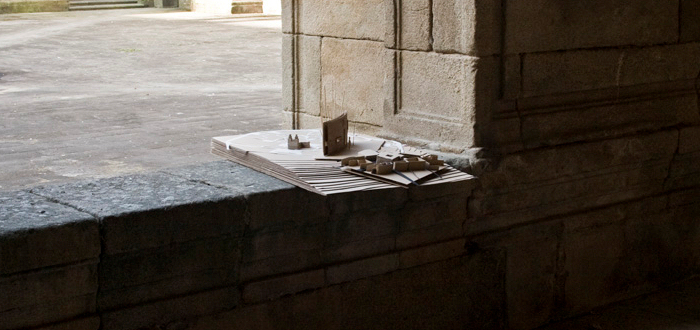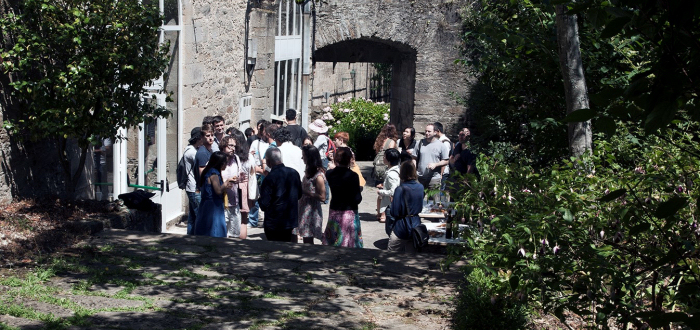






The Compostela Architecture Institute (CA Institute) is a think tank for architecture and urban design located in Santiago de Compostela. The CA Institute is uniquely situated in both rural and urban contexts. Its rural context is Galicia, the region in northwest Spain known for its deep roots in the vernacular. Its urban context is Santiago de Compostela, part medieval city, part vibrant urban nexus, and flaunting an impressive array of modern architecture. Architects with projects in or near Compostela include Alvaro Siza, John Hedjuk, Nicholas Grimshaw, Manuel Gallego, Rem Koolhaas, David Chipperfield, Carlos Seoane, and Peter Eisenman.
We use the built work itself as the starting point for our investigations. We believe that certain aspects of architectural work can only come about through material enactment. We study the tectonics of built projects that have strong theoretical premises in the context of both the history of architecture and contemporary practice.
Our scholarship benefits from a kind of “back to basics” approach to the tectonics of a building. All the architectures we study in or near Compostela are based on theoretical narratives that led to formal experimentation in the projects. Building these projects then depended on using the latest advances in design and construction technologies, but at CA Institute we isolate the material built thing and look at it through the lens of basic building assembly practices. It's a sort of abstraction that brings the very theoretical right up against the weightiness of construction.

And because the medieval and baroque “casco” neighborhood of Compostela is in constant need of work on its granite and iron structures, the city supports a range of traditional crafts such as stone carving and iron forging. Also, the surrounding rural region, with its agricultural and fishing economies, supports woodworking and boatbuilding. These vernacular technologies continue to thrive in parallel to some of the most groundbreaking artistic and intellectual work. In fact, we posit that the two go together, that the grounded matter-of-factness is what makes the groundbreaking intellectual and artistic work possible. We reach out to scholars in other fields and promote interdisciplinarity. Understanding the specificity of the Galician landscape, geology, and hydrology is crucial for reading the architectures on it. Musicologists and mythologists also help in grasping the socio-cultural context of this region.
The CA Institute develops educational programs, organizes tours and conferences, and publishes portfolios and texts on architecture and urban design with three goals in mind:
